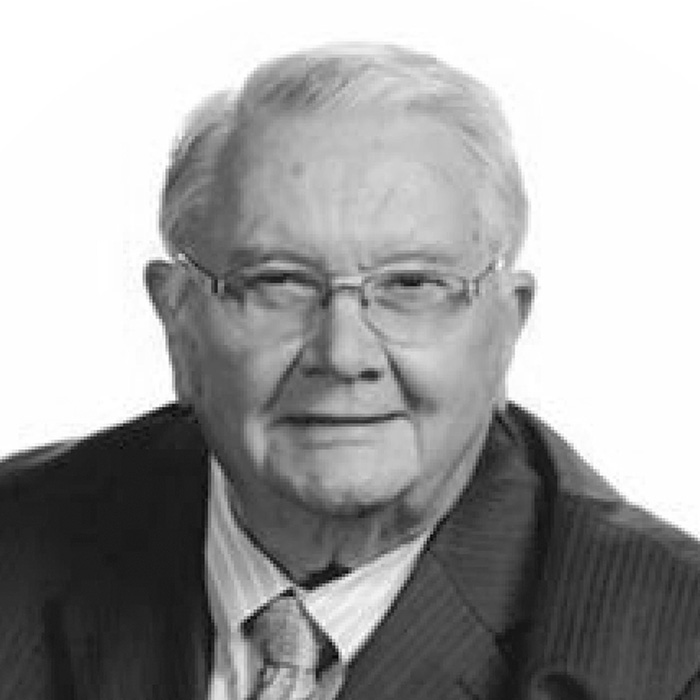RELIGION —
Published in 1896, the book “In His Steps” by Charles M. Sheldon has sold more than 50 million copies. One of the best-selling books of all time, it is based entirely on the question “What Would Jesus Do?”
A Congregationalist pastor in Topeka, Kansas, Sheldon began writing the book chapter by chapter for his Sunday evening worship services. Each chapter was published in a Chicago newspaper and when completed, the paperback edition was sold for 10 cents a copy. It sold 100,000 copies.
For more than 100 years the popularity and demand for Sheldon’s book has remained strong. Numerous study guides have been written for generations. Max Lucado’s study guide, “In the Footsteps of the Savior,” has been quite popular in recent years.
In 1989 a youth leader of Calvary Reformed Church in Holland, Michigan, read In His Steps. She began talking to her youth group about the question, “What Would Jesus Do?” Since friendship bracelets were popular, she got a local company to print 300 with the abbreviation WWJD on them. Since then, tens of millions of the bracelets have been sold as others marketed the little bracelet.
In His Steps was the first Christian book to impact my life. I read it as a teenager and quickly embraced the idea that to live as an authentic disciple of Jesus, I had to ask about every situation in my life, “What would Jesus do?” That question was embedded in my brain and has never left me. Looking back, I am sure the question helped me to make the right decision as I struggled with moral issues. I must confess, of course, that sometimes I erred by doing what I wanted to do.
Sheldon’s book and one other, a so-called Christian classic, “The Imitation of Christ” by Thomas a Kempis, led me to conclude that imitating Jesus was God’s plan Christian living, and thus His plan for me. That conclusion resulted in more than a dozen years of striving in vain to imitate Jesus. The struggle would end only when I changed my way of thinking about Jesus.
I had to give up admiring the historical Jesus and invite the living Jesus to take over my life. Since childhood I had believed Jesus was the greatest man who ever lived. I loved his example of servanthood, his great teaching and the amazing stories of his miracles. But Jesus remained an historical person, like Abraham, Moses, David, Paul, Peter, Saint Frances, George Washington, Abraham Lincoln or Albert Schweitzer.
Then I realized that is not how Jesus is described in the New Testament. He died, like other great men, but God raised him from the dead, and He is alive. I could surrender to the living Jesus and let him make his home in my heart. I could talk to him and let him talk to me, not audibly but by his Inner Voice. I did that and He changed my life. It was, of course, a matter of faith — believing Jesus is alive and with me every moment. But it was moving from struggling imitation to the joy and peace of incarnation — which is best described by the Apostle Paul when he said, “I have been crucified with Christ and I no longer live, but Christ lives in me. The life I life in the body, I live by faith in the Son of God, who loved me and gave himself for me” (Galatians 2:20). “He Lives” is not just a song; it is absolute truth. He lives in his disciples.
I would not be so presumptuous as to say that Charles Sheldon asked the wrong question in his famous book. But I do believe a better question than “What would Jesus do? is this: “Jesus, what do you want to help me do?” The living Jesus is with me, in me, guiding me, always ready to use me as I obey his Inner Voice. And it is his living presence in me that provides me the power to serve him; I am free, praise God, of striving in my own strength to “do what he would do.”
So, in the spirit of Charles Sheldon, I suggest you continually ask the question as you face the issues of life, “Jesus, what do you want to help me do?”


